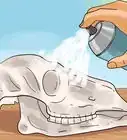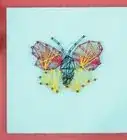This article was co-authored by Joy Cho. Joy Cho is the Founder and Creative Director of the lifestyle brand and design studio, Oh Joy!, founded in 2005 and based in Los Angeles, California. She has authored six books and consulted for creative businesses around the world. Joy has lectured on business, leadership, and entrepreneurship at conferences and companies such as AltSummit, Pinterest, Target, and Hallmark, while her home and studio have been featured in magazines such as House Beautiful, Parents, and Domino. She has also been named one of Time's 30 Most Influential People on the Internet multiple times and has the most followed account on Pinterest with more than 14 million followers.
There are 10 references cited in this article, which can be found at the bottom of the page.
This article has been viewed 138,103 times.
Moss terrariums are beautiful as decoration, gifts, or housing for small reptiles and amphibians. They can even be sold with proper permits. This article helps you build and maintain a beautiful moss terrarium.
Steps
Choosing Your Terrarium
-
1Find a local craft store like Michaels, Staples, or even a glassware shop. You can also buy terrariums in pet stores. Amazon.com or eBay are good sources as well, if you are willing to pay for potential shipping costs and wait for the container to arrive. Choose a store within your price range.
-
2Choose your container size and material. You can select a glass or plastic jar, vase, decorative container, or box. The size depends on your preference.[1]
- The smaller the terrarium, the easier it is to control humidity and keep it clean. Larger containers can hold more moss and make great centerpieces for tables and desks.
- Plastic is less expensive but overheats easily and can leach chemicals into water sources or even melt if left in direct sunlight. Glass is much easier to clean, but breaks easily. Any terrarium should have a secure top, whether made of glass, plastic, or even cork.
Advertisement -
3Decide on the height of your terrarium. The taller and narrower the container, the less moss you will be able to fit inside.
- If you choose a tall aquarium, remember that it will be more difficult to clean and decorate.
Buying Your Moss
-
1Choose the type(s) of moss you will use in your terrarium. Spanish moss, or other hanging moss species can be used, but usually terrestrial moss is much better. Do not use any plants that are illegal or restricted in your area. Most recommend using at least three or four species of moss in your terrarium, but it is up to you. Green, blue, fuchsia, and even blue moss can be found online or in nurseries. Dyed moss is not typically used, but can be added if desired.
-
2Buy your moss. Amazon.com carries moss plugs in different varieties, and alternate online resources carry interesting colors and varieties. Do not collect moss from the wild unless you are completely sure that it is legal and not-restricted. Check your local laws and ordinances to confirm. Moss should be fresh and wet. Dry or dead moss should not be used in terrariums.[2]
Choosing Other Decorations
-
1Check local craft stores for terrarium decor. You can buy shells, sand, soil, rocks, pebbles, marbles, plastic figurines, and other small items to fill your terrarium. Some even make small scenes with figurines inside their containers.
- Colorful ribbon, rope, or twine can be wrapped around terrariums, or tied into bows on top.
- Colored sand or rocks are fun to layer in the bottom of your container, and make interesting patterns. Quartz or natural rocks are nice touches to moss displays.
-
2Find small plants. You can choose tiny plants from your yard or a nursery to plant in your terrarium along with the moss. Only use a few live plants to keep your terrarium moss-oriented.[3]
- Newly sprouted oak tree saplings, ferns, and colorful weed-like sprouts are fun and easy to grow. Oak saplings should be clipped every few months so that they fit inside their container.
- Grass is not recommended, as it becomes invasive in a very moist, humid environment.
-
3Choose substrate. Buy sand, rocks, or loose soil for the bottom of your terrarium. This will help drain extra water and can be styled to fit your container's look and size.[4] Layer different colors of sand for a fun, swirling choice of substrate which drains easily and can be removed from the terrarium if necessary.[5]
- Dirt can become compacted and too moist and doesn't drain well, so it should be avoided.
-
4Consider some outer decoration, but not too much. Small hanging ornaments or pieces of streamer can be caught in the lid of your terrarium so that they hang around its edges, but go easy on very heavy decoration. The main idea of your terrarium is to maintain a small moss garden and mini-ecosystem. Water feeds the moss, moss releases oxygen.
Making Your Terrarium
-
1Add substrate. Layer your substrate in the bottom of your container. If sand or rock granules are not available, loose potting soil or even wood chips can be used. If you choose colored sand, layer lights against darks for nice contrast, and establish some sort of pattern for even spacing. Using your substrate, fill at least half of your container, more if desired. If there is not enough substrate, your terrarium will look incomplete and unfilled.[6]
-
2Add moss. You can cover the entire top of your substrate with moss, or spread it around and fill in gaps with smaller pieces, more substrate, or decorations (see next step). Moss should not be layered, or mold can grow due to the lack of drainage. Different colored mosses make beautiful patterns, but different types of moss really pull your terrarium together. Some moss grows in flower or star-shapes. Other types grow like grass or are tightly clustered. If you have Spanish moss or a similar hanging species, you can tape it to the sides, trap it in the lid of the terrarium so it hangs down, or scatter it.[7]
- One of the best methods is to add a stick or large rock in the middle of your terrarium, then hang the moss on it so it drapes into the container's floor. Moss should barely press up against the side of the terrarium, don't pack it too tightly!
-
3Add decor. Any extra decorations can be placed inside the terrarium to fill gaps and make it look nicer. Natural-looking rocks make great accents to green or brown moss, while quartz or amethyst enhances bright colored moss, including blue, fuchsia, or purple. Sticks and tree branches can be added, as can small sources of water to keep humidity up, such as a bowl or cap-full of water.
- Plastic decor is not recommended, as it melts in the sun and does not look natural near real moss and plants.
Maintain Your Terrarium
-
1Keep your terrarium wet. Mist your container once or twice daily with a spray bottle, using chlorine-free water. You can also add a small jar cap or cup buried nearly to its top in the substrate. Fill it with warm, de-chlorinated water and keep it at least half full.
- Alternately, you can pour in a cup of water every other day, sprinkling it around any moss and plants, as well as frequent misting with your spray bottle. You can fill a plastic cup with water and half bury it in the sand to maintain good humidity.
-
2Feed your plants. Plants can be given small amounts of fertilizer, loose potting soil, or liquid plant feed mixes. Moss will not need anything but water and indirect sunlight.[8]
-
3Place your terrarium in the right area. Choose a room that keeps a stable temperature of 68-85 degrees F. Keep the container somewhere that gets indirect sunlight in the late afternoon and morning.[9]
- Your terrarium should remain far from where children or pets can gain access to it, a high table, counter, or shelf works well. Do not keep your terrarium in a cold environment, the moss will die.
-
4Clean your terrarium. Once a year, all substrate can be replaced and the container cleaned, but this is not necessary. The container's top should be left off for three-four hours once a week to allow the moss to air.[10]
-
5Enjoy your moss terrarium!
Expert Q&A
Did you know you can get expert answers for this article?
Unlock expert answers by supporting wikiHow
-
QuestionWhat size terrarium should I get?
 Joy ChoJoy Cho is the Founder and Creative Director of the lifestyle brand and design studio, Oh Joy!, founded in 2005 and based in Los Angeles, California. She has authored six books and consulted for creative businesses around the world. Joy has lectured on business, leadership, and entrepreneurship at conferences and companies such as AltSummit, Pinterest, Target, and Hallmark, while her home and studio have been featured in magazines such as House Beautiful, Parents, and Domino. She has also been named one of Time's 30 Most Influential People on the Internet multiple times and has the most followed account on Pinterest with more than 14 million followers.
Joy ChoJoy Cho is the Founder and Creative Director of the lifestyle brand and design studio, Oh Joy!, founded in 2005 and based in Los Angeles, California. She has authored six books and consulted for creative businesses around the world. Joy has lectured on business, leadership, and entrepreneurship at conferences and companies such as AltSummit, Pinterest, Target, and Hallmark, while her home and studio have been featured in magazines such as House Beautiful, Parents, and Domino. She has also been named one of Time's 30 Most Influential People on the Internet multiple times and has the most followed account on Pinterest with more than 14 million followers.
Designer & Style Expert, Oh Joy!
-
QuestionWhat's a good type of container to use for my terrarium?
 Joy ChoJoy Cho is the Founder and Creative Director of the lifestyle brand and design studio, Oh Joy!, founded in 2005 and based in Los Angeles, California. She has authored six books and consulted for creative businesses around the world. Joy has lectured on business, leadership, and entrepreneurship at conferences and companies such as AltSummit, Pinterest, Target, and Hallmark, while her home and studio have been featured in magazines such as House Beautiful, Parents, and Domino. She has also been named one of Time's 30 Most Influential People on the Internet multiple times and has the most followed account on Pinterest with more than 14 million followers.
Joy ChoJoy Cho is the Founder and Creative Director of the lifestyle brand and design studio, Oh Joy!, founded in 2005 and based in Los Angeles, California. She has authored six books and consulted for creative businesses around the world. Joy has lectured on business, leadership, and entrepreneurship at conferences and companies such as AltSummit, Pinterest, Target, and Hallmark, while her home and studio have been featured in magazines such as House Beautiful, Parents, and Domino. She has also been named one of Time's 30 Most Influential People on the Internet multiple times and has the most followed account on Pinterest with more than 14 million followers.
Designer & Style Expert, Oh Joy!
-
QuestionHow can I prevent my plants from sitting in water?
 Joy ChoJoy Cho is the Founder and Creative Director of the lifestyle brand and design studio, Oh Joy!, founded in 2005 and based in Los Angeles, California. She has authored six books and consulted for creative businesses around the world. Joy has lectured on business, leadership, and entrepreneurship at conferences and companies such as AltSummit, Pinterest, Target, and Hallmark, while her home and studio have been featured in magazines such as House Beautiful, Parents, and Domino. She has also been named one of Time's 30 Most Influential People on the Internet multiple times and has the most followed account on Pinterest with more than 14 million followers.
Joy ChoJoy Cho is the Founder and Creative Director of the lifestyle brand and design studio, Oh Joy!, founded in 2005 and based in Los Angeles, California. She has authored six books and consulted for creative businesses around the world. Joy has lectured on business, leadership, and entrepreneurship at conferences and companies such as AltSummit, Pinterest, Target, and Hallmark, while her home and studio have been featured in magazines such as House Beautiful, Parents, and Domino. She has also been named one of Time's 30 Most Influential People on the Internet multiple times and has the most followed account on Pinterest with more than 14 million followers.
Designer & Style Expert, Oh Joy!
References
- ↑ https://aggie-horticulture.tamu.edu/syllabi/302/new/topic/terrarium.htm
- ↑ https://lifehacker.com/make-a-moss-terrarium-for-low-maintenance-greenery-5404522
- ↑ https://www.bhg.com/gardening/houseplants/projects/top-plants-for-terrariums/
- ↑ Joy Cho. Crafting Professional. Expert Interview. 3 July 2019.
- ↑ https://www.youtube.com/watch?v=bmSr17J2jho
- ↑ https://www.apartmenttherapy.com/how-to-make-a-terrarium-139860
- ↑ https://www.popularmechanics.com/home/lawn-garden/how-to/a9093/build-a-terrarium-in-6-steps-15574536/
- ↑ https://www.fairchildgarden.org/portals/0/docs/education/downloadable_teaching_modules/elementary/terrarium%20activity.pdf
- ↑ https://www.twistedstemfloral.com/wp-content/uploads/2012/09/Terrarium-Care.pdf

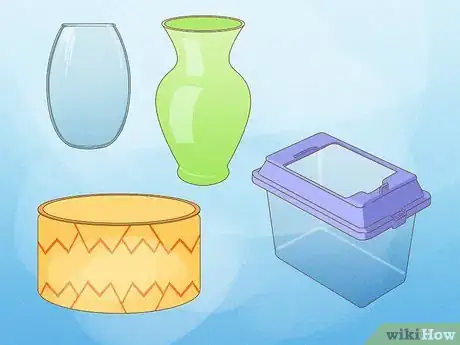
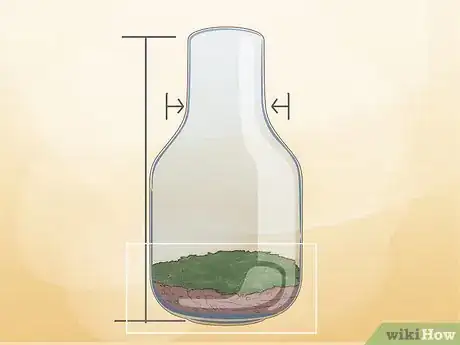
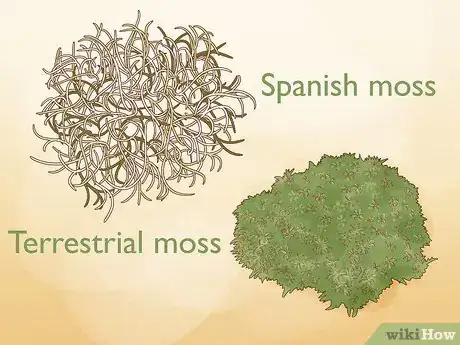
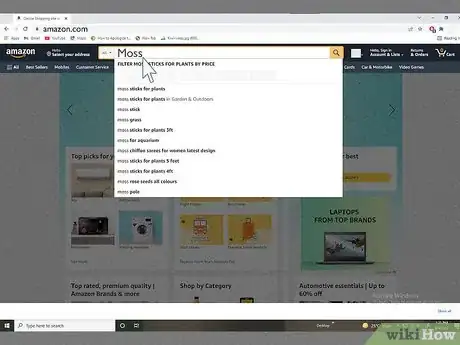
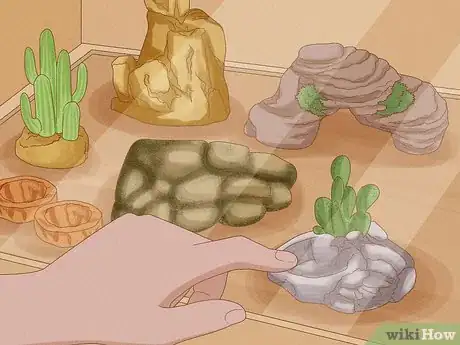
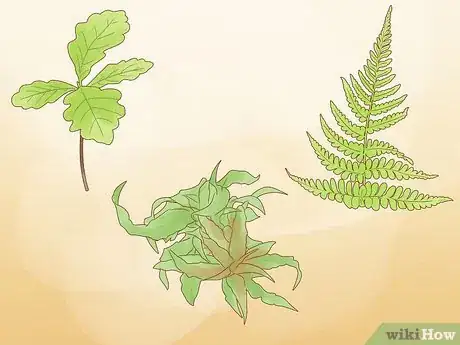
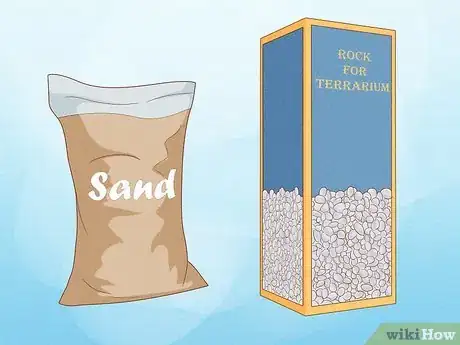

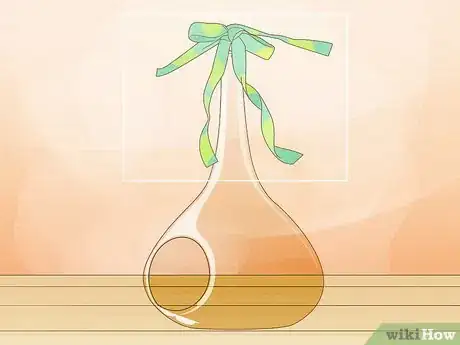
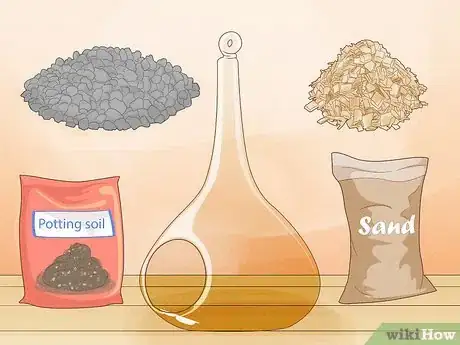
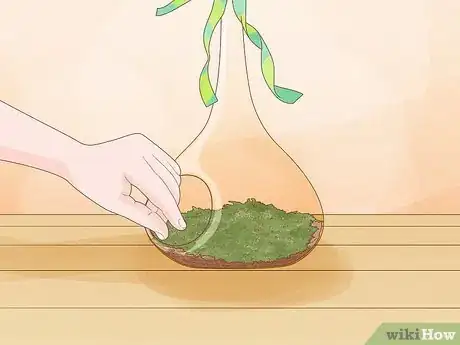
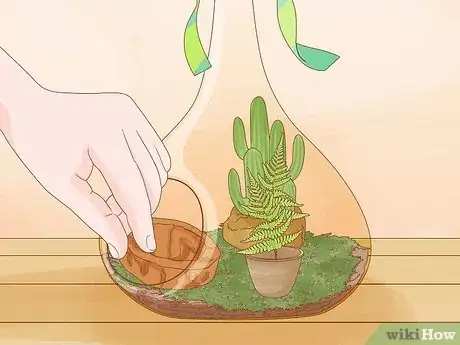
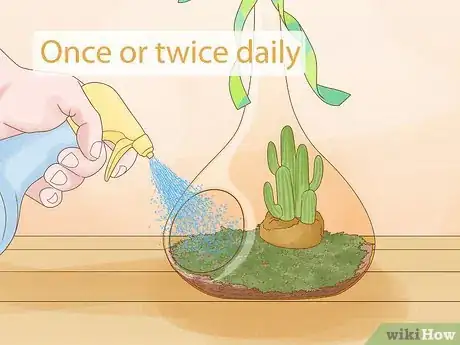
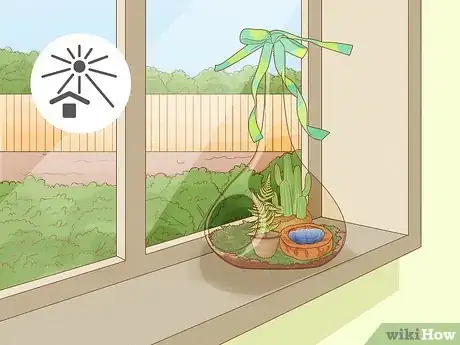
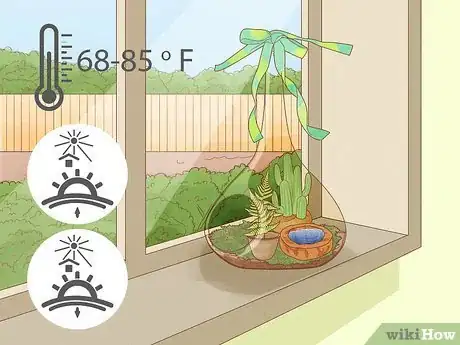
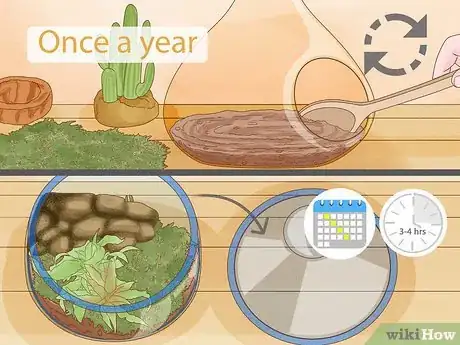
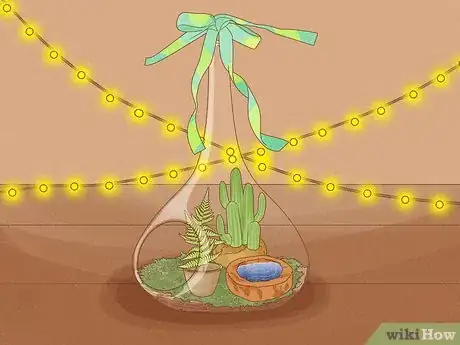
-Step-11.webp)
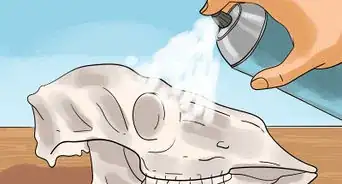
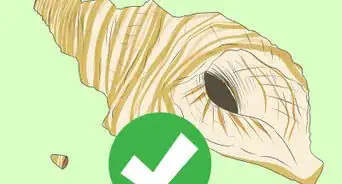
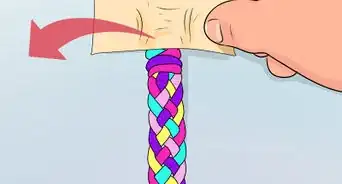
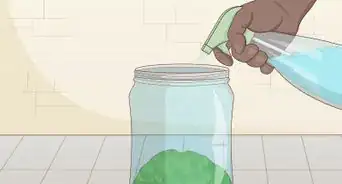









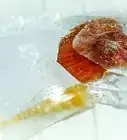
-Step-11.webp)
